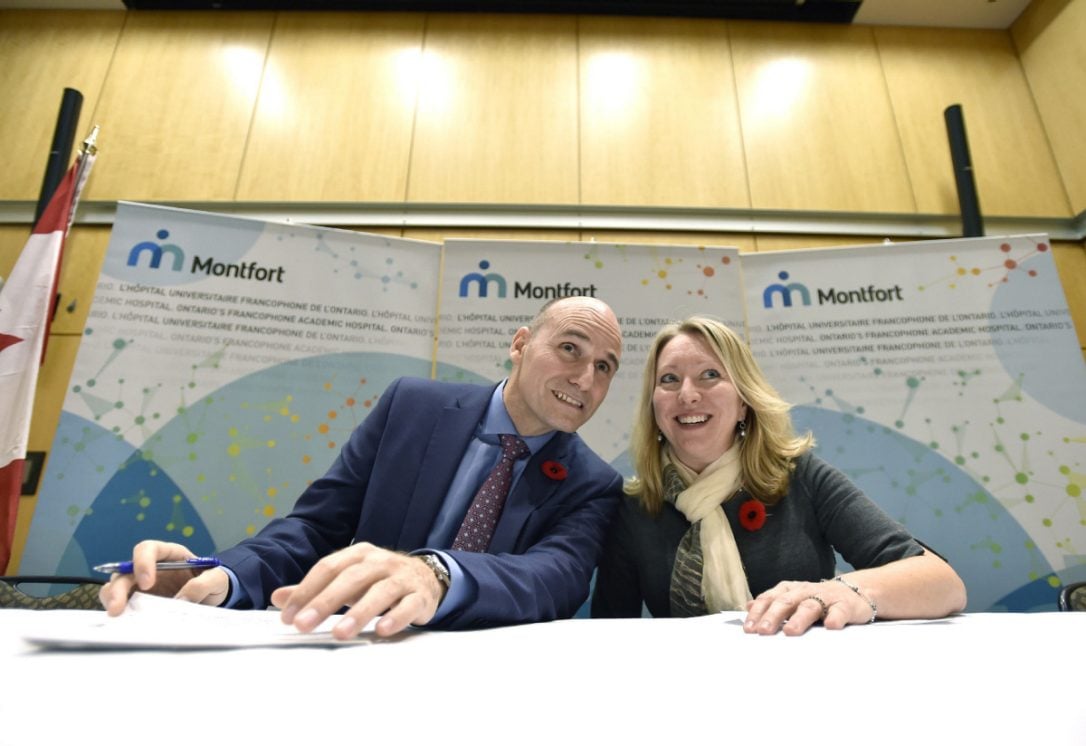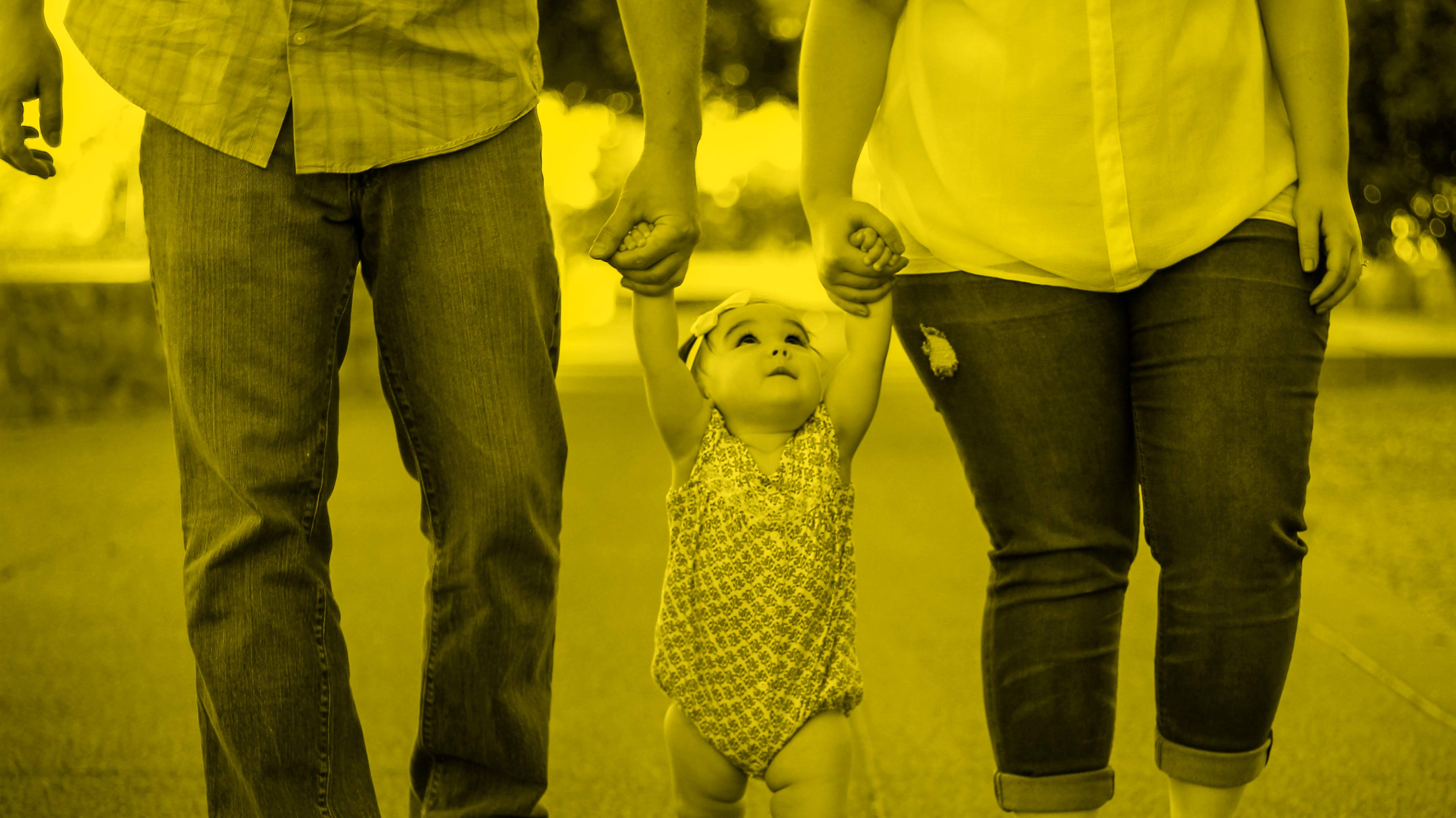Parental leave is an important first step in supporting families and children. Around the world, there is great variation in the degree to which parental leave exists and/or that job protection for parents is mandated by government policy. Increasingly, policy makers and employers are paying attention to fathers (or other second parents) in addition to mothers. For example, the Canadian Federal government has implemented for federally regulated businesses “use it or lose it” benefits for the second parent to “encourage a more balanced sharing of childcare responsibilities.” Research shows that when fathers take advantage of such parental leave policies it relieves care responsibilities from their partners, increases fathers’ involvement in their children’s lives, and can actually decrease the gender wage gap by diminishing the motherhood penalty at work.
Below, we’ve curated a primer of our best research and insights on this subject.
Parental leave: Why we need to talk about fatherhood
Parental leave” is often understood to be synonymous with “maternity leave,” but that’s only half of the story. Indeed, data from Statistics Canada shows that in 2017, 90% of mothers took maternity leave, but only 12% of fathers took or intended to take paternity leave. However, attention is beginning to shift to paternity leaves and the role of fatherhood. Research on parenting, which has traditionally examined the effect of the mother on children’s outcomes, is now focusing on the importance of the father. At the organizational and policy level, decision-makers have begun to implement paternity-leave policies to encourage fathers to share child-rearing responsibilities. For example, in 2015 Goldman Sachs doubled the length of their paternity leaves from two weeks to four weeks. In Canada, new federal parental leave policies created a “use it or lose it” five weeks of leave for the second parent in an effort to encourage fathers to take time off to spend with their infants.
Parental leave: More time with the kids
In this video, Sarah Kaplan appears on TVO’s The Agenda, alongside Maya Roy with YWCA Canada, to talk about the challenges with Canada’s new parental leave policy.







